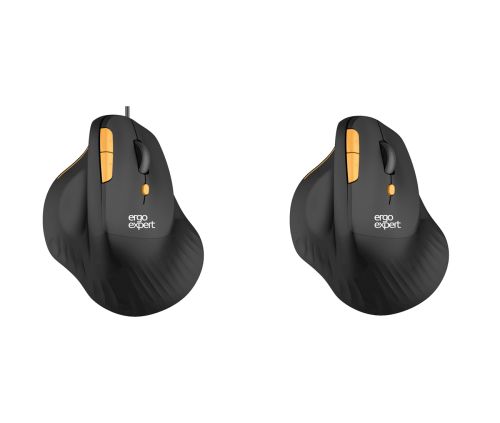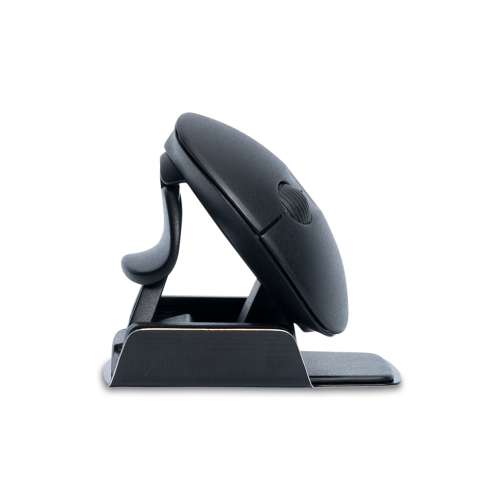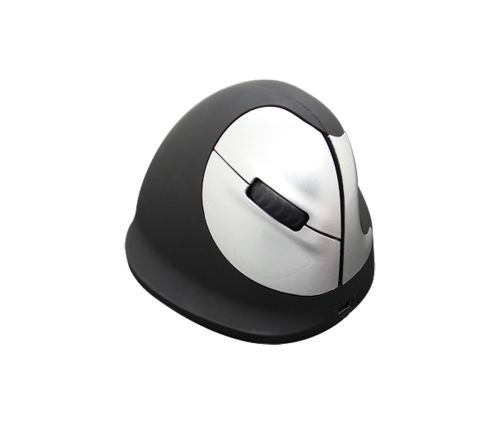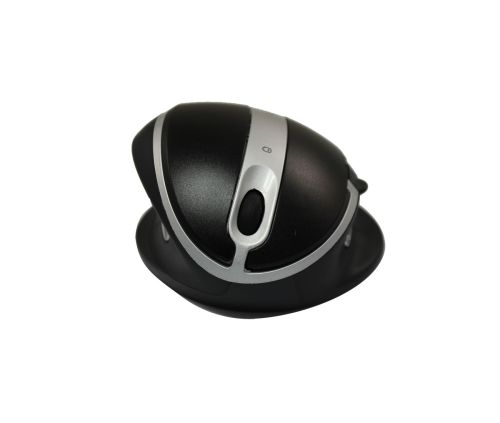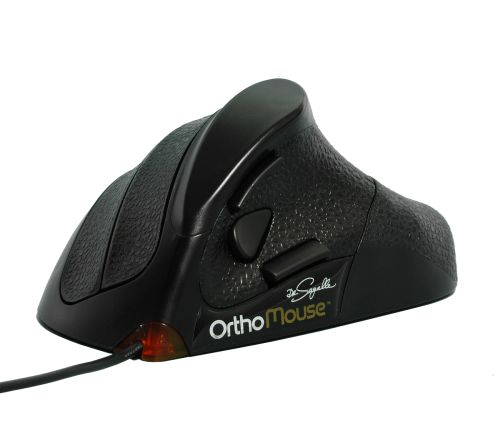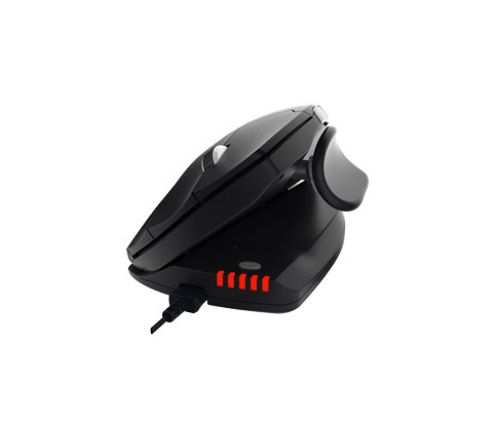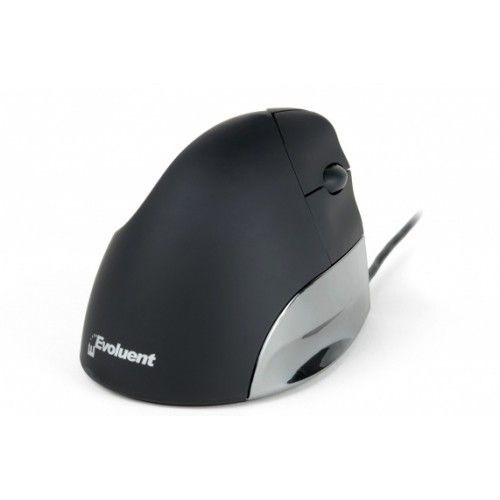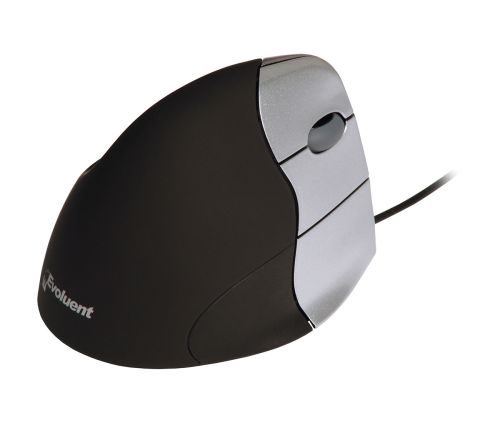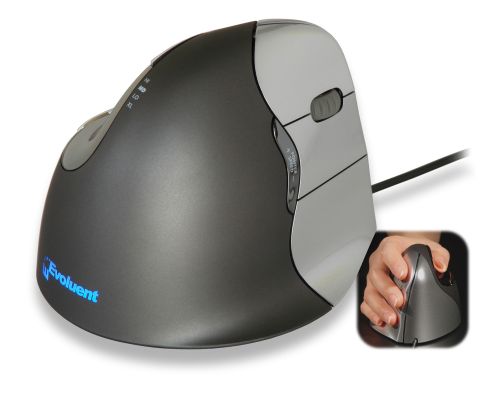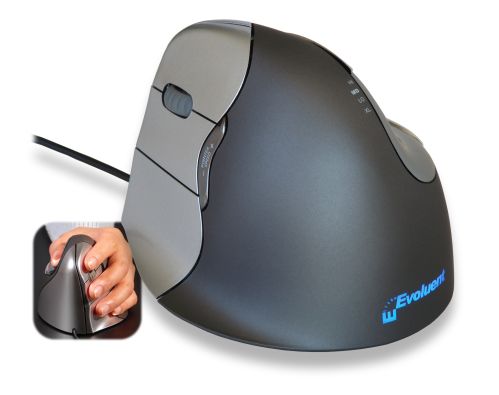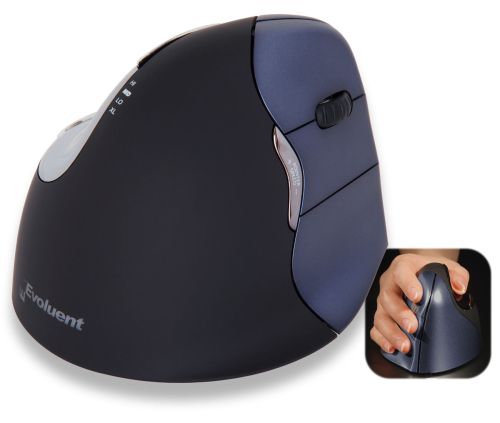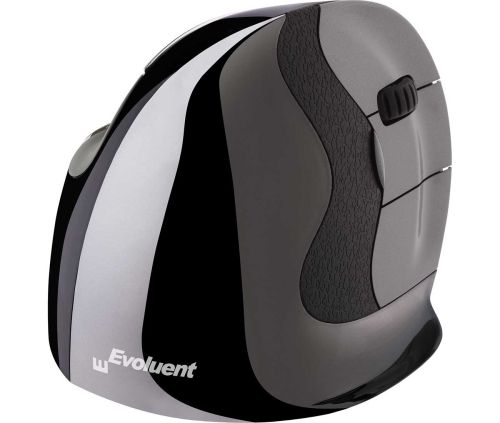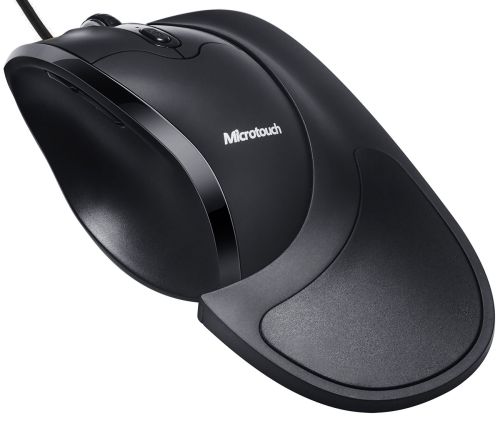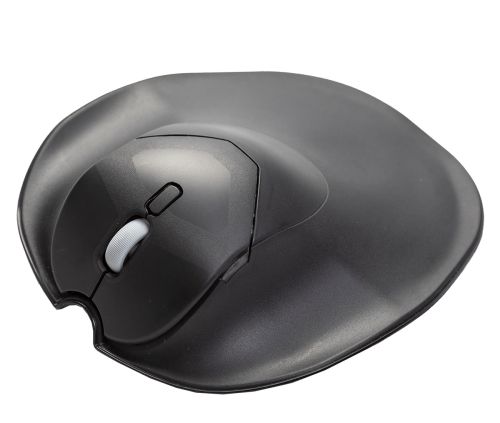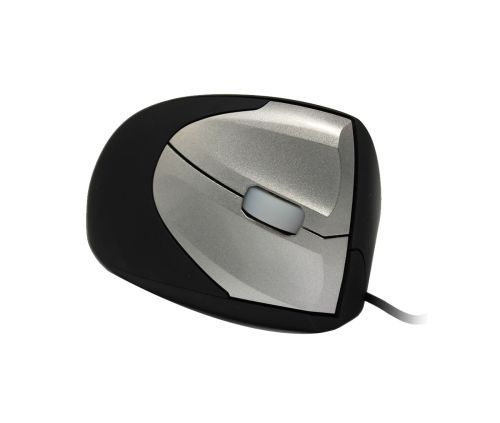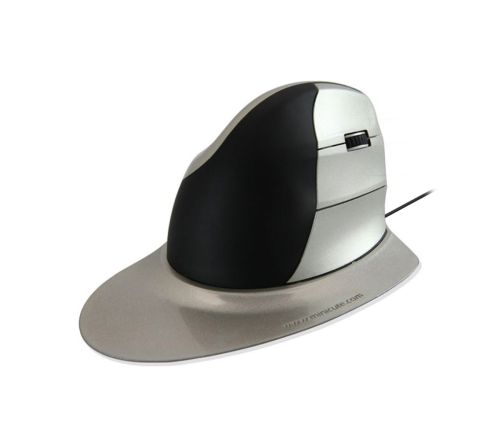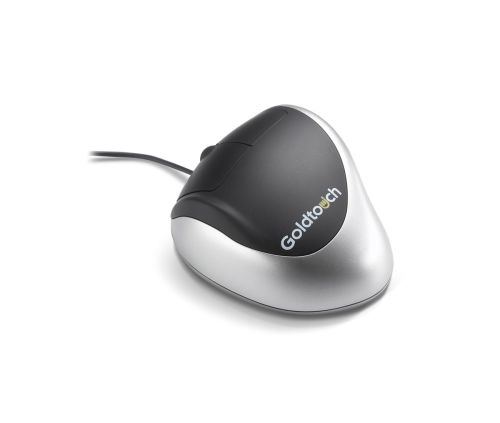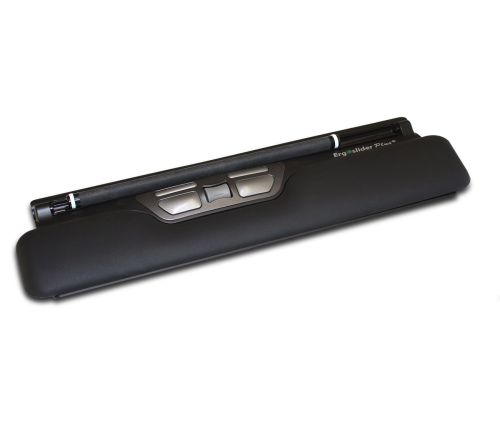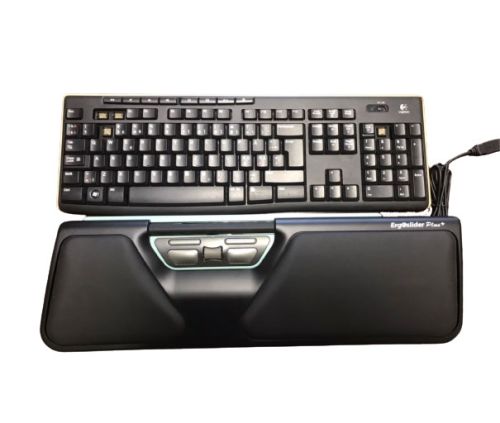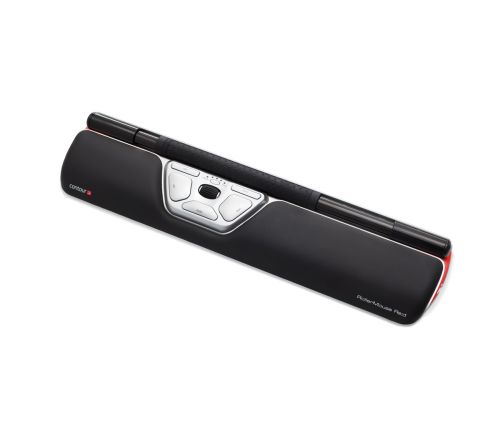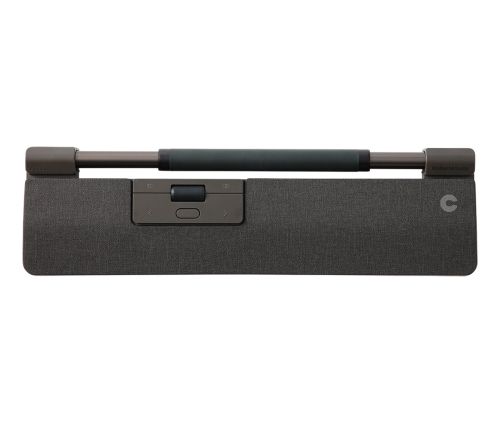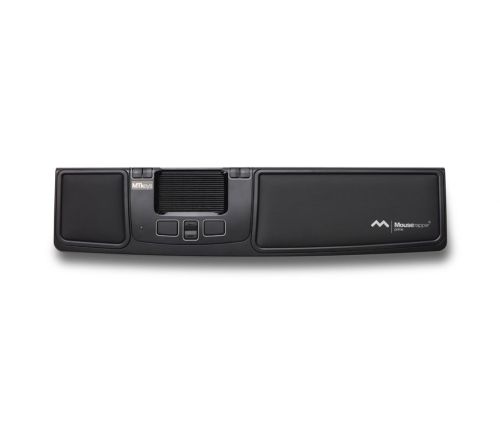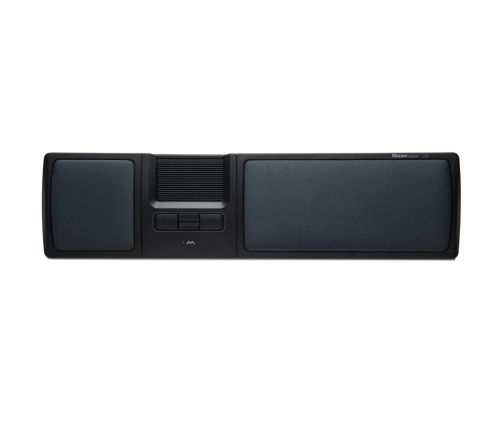Sub Categories
Ergonomic mouse
Ergonomic mice aim at eliminating muscle strain over the finger, hand and forehand reducing in this ways any Repetitive Stain Injury that may occur, such as the Carpal Tunnel Syndrome. Their design focus on reducing the twisting of the wrist helping users to keep the hand at a handshake position. In this set up the carpal tunnel has no contact with the working surface and has no compressions or pressure during mouse use. Several manufacturers offer different type of mice offering several positions and angles so that all users can find the one which best suits their hand's anatomy and everyday activity. The objective is to find a mouse that fit user's needs and not the contrary. Our solutions provide a wide range of options to fit every user morphology and pronation angle.
Advised position: In order to avoid hand repetitive back and fourth movements between the mouse and the keyboard, which may develop Repetitive Strain Injuries (RSI), the mouse should be as close as possible to the keyboard. Numeric keypad on almost all keyboards is usually placed on the right hand side of the keyboard increasing unnecessarily the distance between the keyboard and the mouse. In order to avoid this situation, keyboard with integrated keypad on the right have to be avoided and be replaced by compact keyboard with separated keypad. In this way numeric keypad can be placed on the left of the keyboard and reduce in this way the distance between the mouse/keyboard. They are also other available alternatives that may exist on the market such as the central pointing devices that can be positionned in front of the keyboard. With these products both hands can take cursor control and mouse functions by balancing and improving sitting posture along with minimal hand movements.


 FR
FR DE
DE ES
ES NL
NL IT
IT DK
DK SE
SE